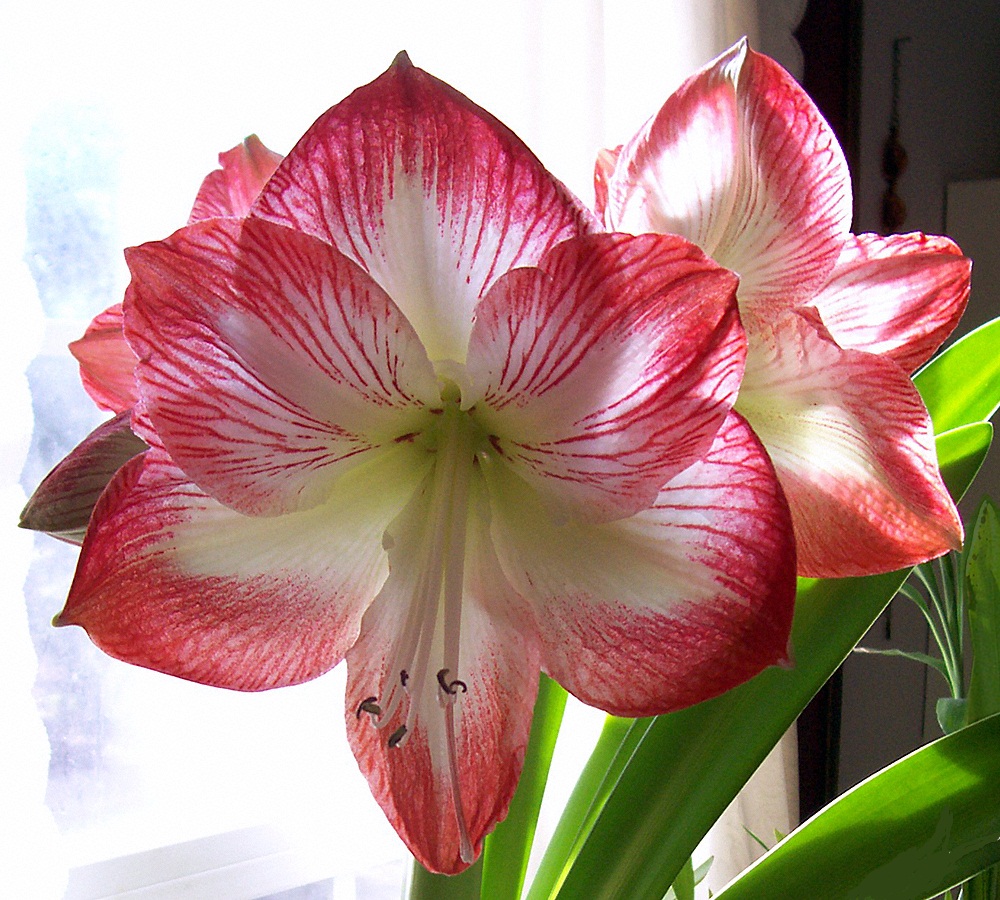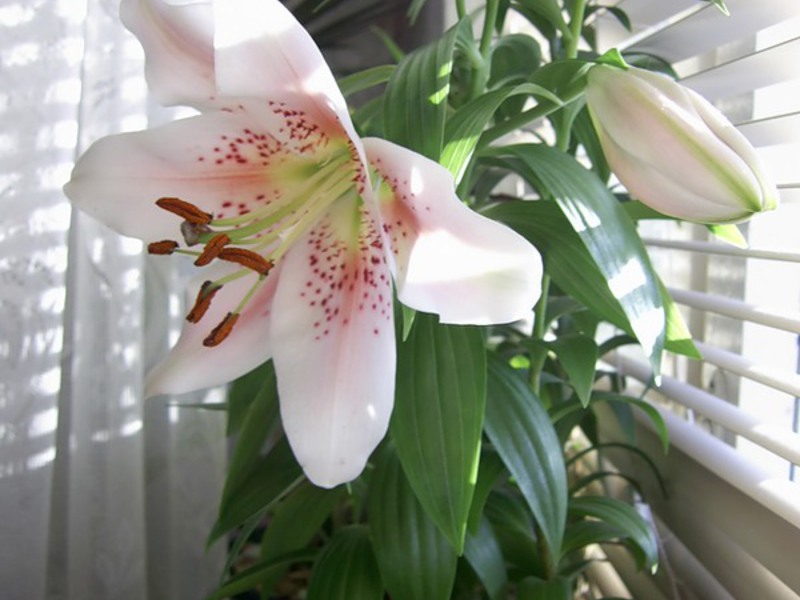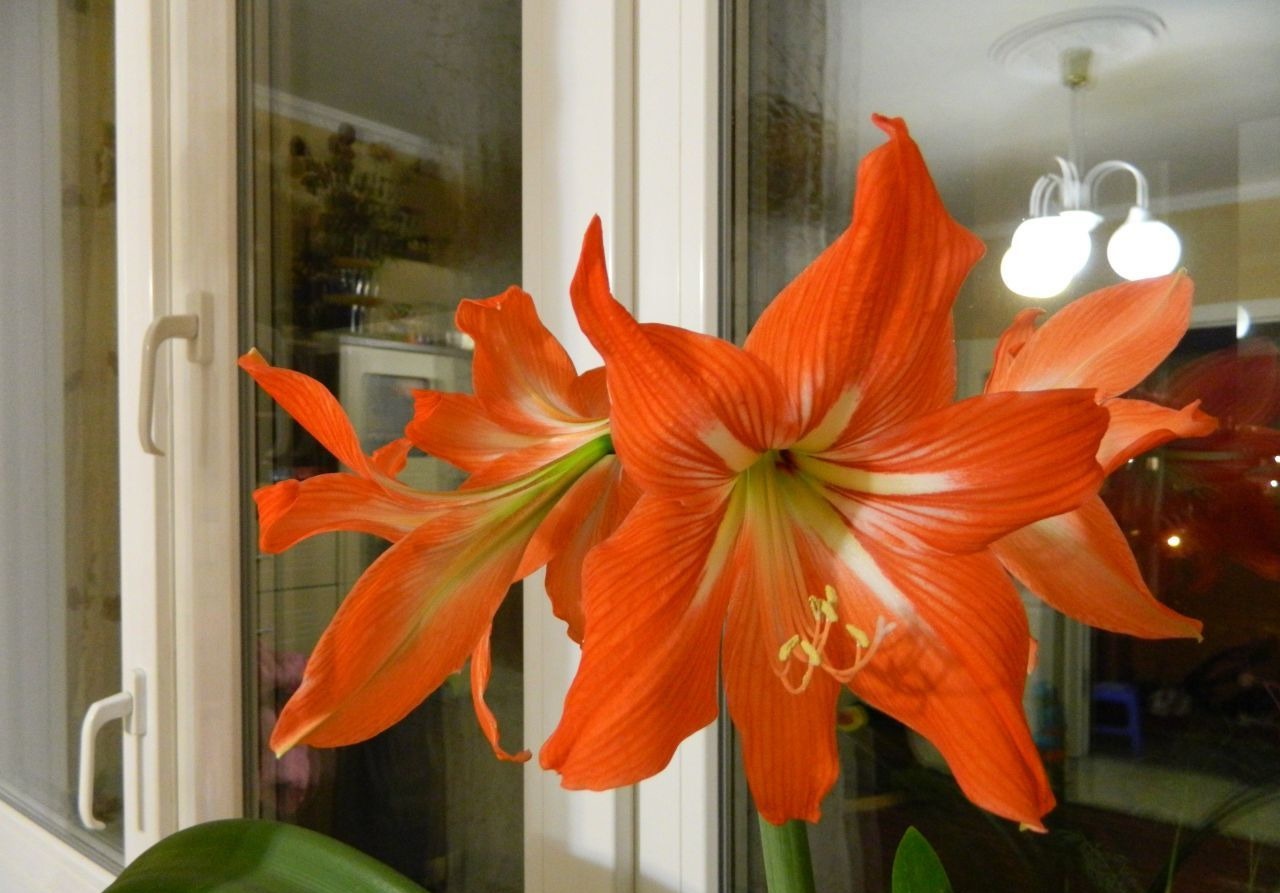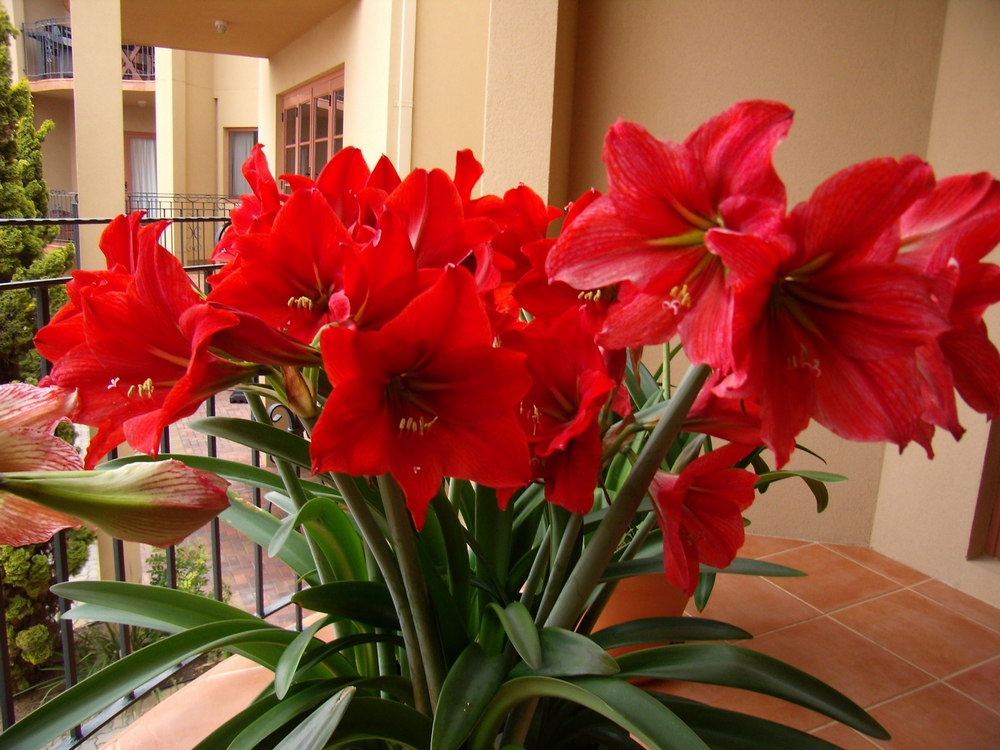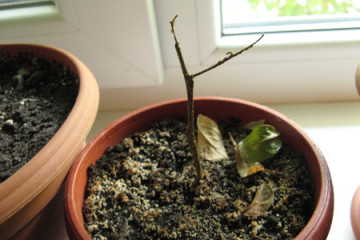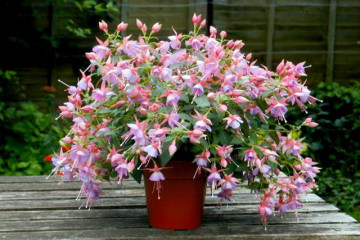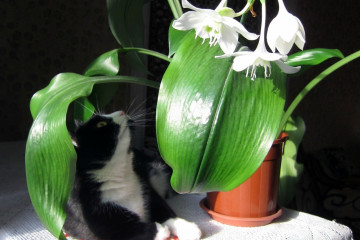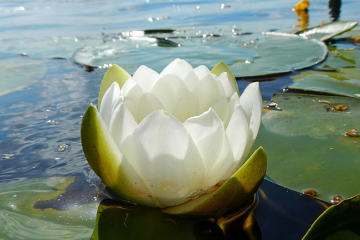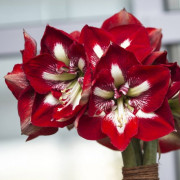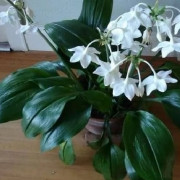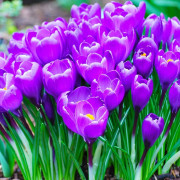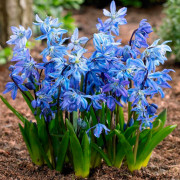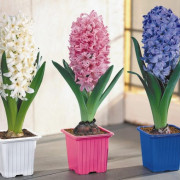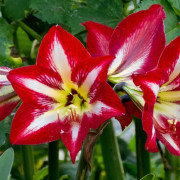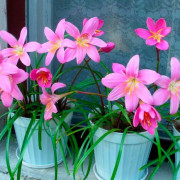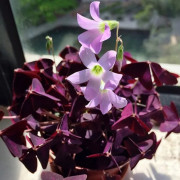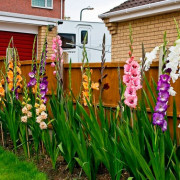Indoor lily or house lily in a pot - how to care
Content:
Lily is one of the most popular ornamental plants. She won the hearts of domestic florists long ago. But the flower is quite capricious and requires a lot of attention. It is worth purchasing a lily in a pot only if it is possible to care for it properly.
This is a bulbous plant also called "amaryllis". The flowers consist of 6 petals and have a pleasant soft scent. You can grow a lily in an apartment or office, and in the warm season, put it on the balcony.
History of appearance
The white house lily has appeared relatively recently. These are new hybrid varieties developed by Western European (Dutch) breeders in the 1950s by crossing individual varieties of lilies growing outdoors.
This plant is very popular in Russia.
Description
The plant belongs to the Liliaceae family.
Special features and short description:
- thickened fleshy stem;
- flowers shaped like a funnel or bowl;
- oblong light green leaves;
- the height of an adult plant is 60-70 cm.
The most common varieties are Chinese and Asian. They are most often grown at home.
Common varieties
Popular varieties can be easily purchased at any flower shop. The Chinese and Asian varieties are unpretentious and respond well to the introduction of complex mineral fertilizers. Flowering, with sufficient watering, lasts longer than other varieties.
Chinese lily
It attracts attention with large white flowers with yellow stamens. Not recommended for growing in a house where there are children - some parts of the plant contain toxic substances - alkaloids. Bulbs of the Chinese variety are shaped like regular onions.
The Chinese variety is one of the most beautiful, resembling a swamp water lily.
Asiatic lily
One of the most famous names for hybrid varieties. The flowers are brightly colored: lilac, orange, pale pink. The color is heterogeneous. Flowers may have dark spots, stripes, specks. The only drawback is that with a lack of lighting, the Asian variety does not bloom at home.
Care features
Home care for a potted lily is simple, but can be time-consuming. The plant is sensitive to temperature changes and is often affected by fungal infections. Lack of timely transplantation can significantly slow down the development of the lily, so it is very important to transplant the flower on time.
The list of basic care activities includes:
- watering;
- indoor air humidity control;
- top dressing;
- pest and parasite control.
During flowering, it is also necessary to remove wilting flowers.
Temperature
The recommended room temperature is from 18 degrees. You cannot put a flower pot near steam heating batteries - the lily does not like dry air. In winter, if the apartment is cold, additional heating sources can be used.
Lighting
Indoor lily bulb grows well in partial shade and does not like direct sunlight.She feels best in a secluded place behind a curtain made of thick fabric. In the summer, the pot is taken out to the balcony, but removed if there is any sign of a rapid cold snap.
The flower must be protected from drafts and direct sunlight.
Watering
Water only when the soil is completely dry. A great option is to combine moistening the soil in a pot with wiping the leaves with a damp cloth. Lily leaves actively absorb moisture, so this procedure will benefit the plant.
Spraying
Lily is an indoor flower, often suffering from pests and parasites, so it must be regularly sprayed with water from a spray bottle. This will help scare off harmful insects, wash them off the leaves and stem. The spray liquid should be at room temperature.
Humidity
Lily flower home loves moisture, but does not tolerate stagnation of liquid in the soil. The air in the apartment should be moderately humid. If it is dry, the plant will not develop well and the leaves will be deformed.
Priming
A house lily in a pot grows well if the soil is rich in nutrients.
The composition of the soil should include:
- turf;
- humus;
- leafy land;
- river sand and charcoal.
You can use purchased soil for plants of the Liliaceae family.
Top dressing
The lily is fed up to three times a season with organic matter and complex mineral fertilizers of industrial production. It is imperative to apply fertilizers immediately after planting and before leaving for the winter.
Winter care, during dormancy
In the cold season, the room lily enters a period of physiological rest. During this time, watering should be minimized. Top dressing stops. In the cold season, the main thing is to give the plant as much light as possible. To do this, a lily in a pot or flowerpot can be placed on the south window.
In winter, watering is minimized.
When and how it blooms
The home lily is especially beautiful during the flowering period. It lasts from the first decade of June to the second decade of August.
Flowers can have different colors:
- orange;
- yellow;
- white;
- bright red.
A delicate lilac shade looks very beautiful.
Flowering period
During the flowering period, the plant requires increased attention. It is necessary to take good care of him: remove wilted flowers in a timely manner, apply top dressing, increase watering. After each watering, loosening is carried out so that moisture is better absorbed, and the lilies bloom longer, otherwise the plant may bloom ahead of time.
Changes in care during flowering
During the flowering period, the lily must be protected from the sun and drafts. Top dressing is carried out every 7-10 days. If the summer is warm, you can temporarily place the plant in open ground until autumn.
Reproduction
Indoor lily reproduces with small bulbs extending from the mother. Separation of children from the main bulb and planting them in separate pots are carried out in April - May.
This requires:
- Pour a layer of drainage and soil into the pot;
- Place a small onion there to a depth of no more than 5 cm;
- Sprinkle with a thin layer of earth;
- Drizzle a little.
Experts recommend planting several "babies" in one pot, then the flowering will be more abundant and lasting. The onions must be planted very carefully, without damaging them.
Reproduction of a flower from seeds is a rather troublesome and long-term affair. In this case, the lily develops very slowly and begins to bloom for the first time only 5 years after planting. Expired seed will not germinate, so you should be careful when buying it.
Transplanting bulbs
The soil should be completely renewed once a year. This stimulates the growth of lilies and is a good prevention of diseases, pests and parasites. Small children are separated from the large onion and placed in their own pot.
Every florist should know how to plant lilies. For transplanting, the bulbs are carefully dug up and cleaned from the ground, the children are removed with a sharp knife. If the tuber begins to rot, the affected areas are cut off. Next, the bulbs are disinfected in a solution of potassium permanganate and dried, so that they can then be planted in the spring. You can dry it on the windowsill by placing a newspaper or a piece of thick cloth there. Planting material is stored in a dry and dark place, in cotton bags.
The transplant is the most important care measure.
Why does the indoor lily not bloom?
Lily lovers often wonder why the plant does not bloom at home. What to do depends on the situation. The most common reason for a lack of flowers is a pot that is too spacious. In this case, a decrease in the size of the vessel during transplantation will give good results. Children are transplanted into the smallest pots. Also, this problem sometimes arises due to a lack of moisture, it is enough to increase watering, and the long-awaited flowers will appear.
Another common reason is sudden temperature changes and drafts. In this case, it is necessary to move the plant for cultivation to the warmest room in the house protected from the wind. Sometimes the lily stops blooming due to the fact that she did not rest in the winter. In cold weather and until spring, the plant must necessarily stand in a cool place so that its development slows down as much as possible.
With proper care for a lily flower, it will delight for a long time with large bright flowers and will become a worthy decoration of any interior in a home or office. Experts recommend that you stick to your care calendar and only complete basic activities at the right time. Homemade white lilies will need the most care during the flowering period.
